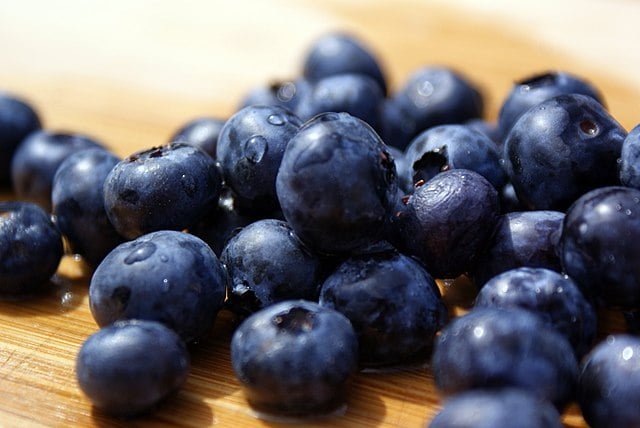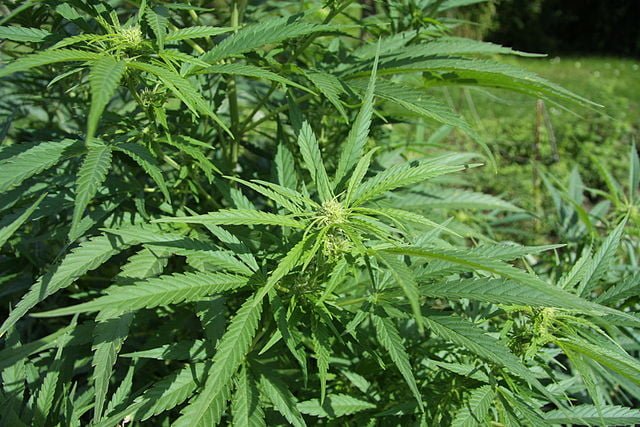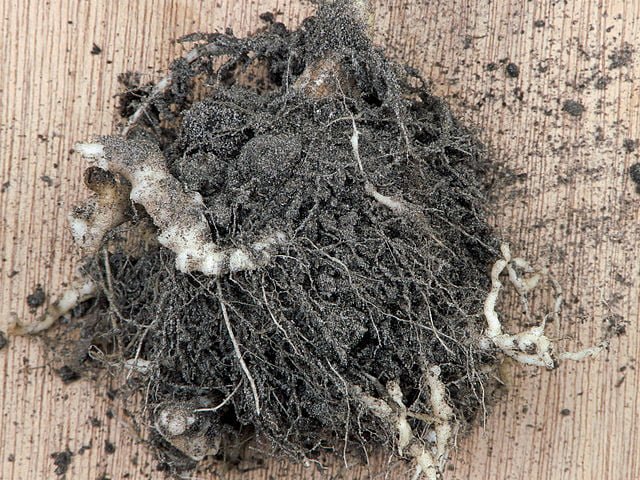How to Grow Asparagus: A Guide to Cultivating Nutritious and Delicious Spears
Asparagus is a nutrient-rich and versatile vegetable prized for its tender spears and unique flavour. Growing your own asparagus allows you to enjoy the freshest harvest and experience the satisfaction of cultivating this perennial plant. This guide will provide you with simple steps to successfully grow asparagus and enjoy its delicious spears for years to come.
Selecting Asparagus Varieties
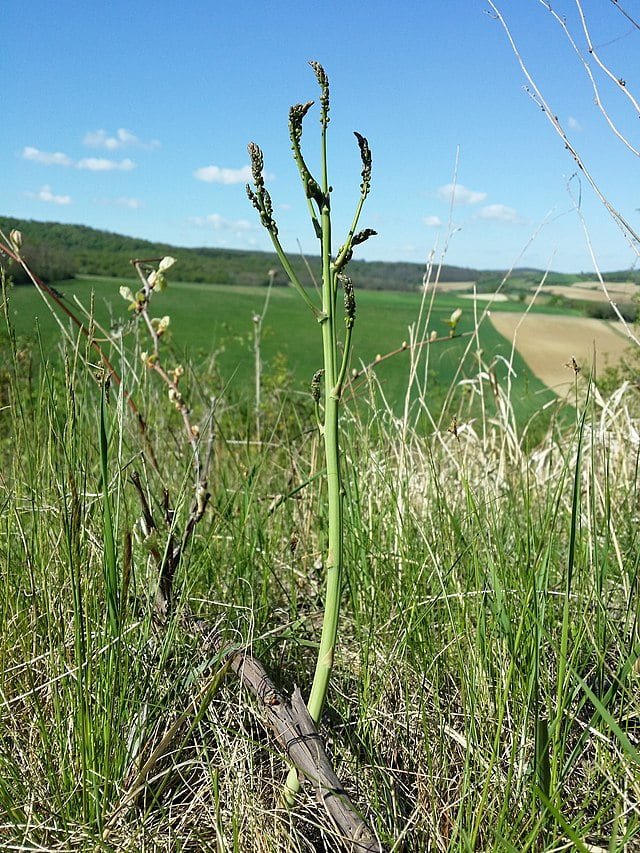
Asparagus comes in different varieties, including green, purple, and white types. Choose asparagus varieties that suit your preferences and growing conditions. Some popular green asparagus varieties include ‘Mary Washington’ and ‘Jersey Knight.’ Purple varieties like ‘Purple Passion’ add a vibrant touch to your garden. Consider factors such as spear thickness, flavour, and disease resistance when selecting the right variety for your garden.
Choosing the Planting Location
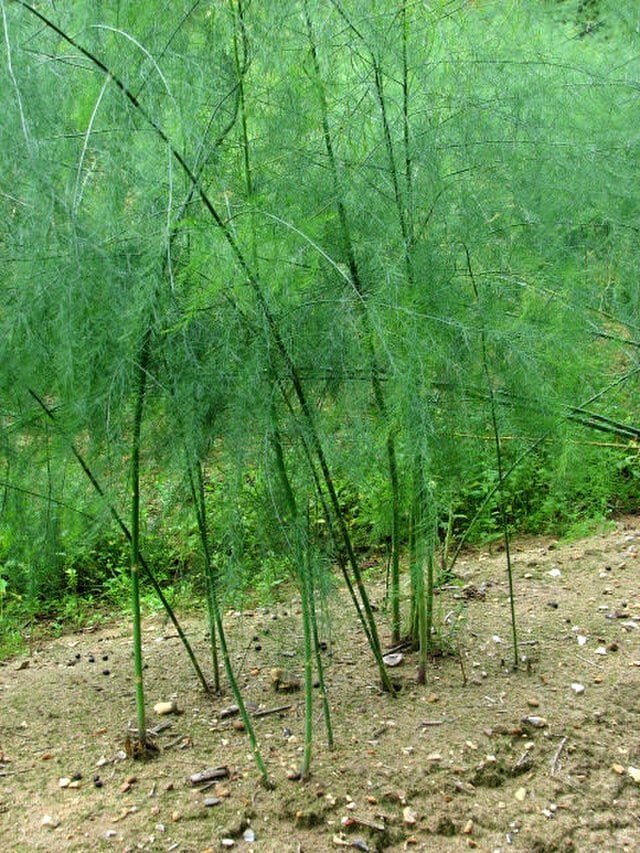
Asparagus thrives in full sun and well-draining soil. Select a spot in your garden that receives at least 6-8 hours of direct sunlight daily. Asparagus prefers sandy loam or loamy soil with a pH level between 6.0 and 7.0. If your soil is heavy or clay-like, amend it with organic matter, such as compost or well-rotted manure, to improve drainage and fertility.
Planting Asparagus Crowns
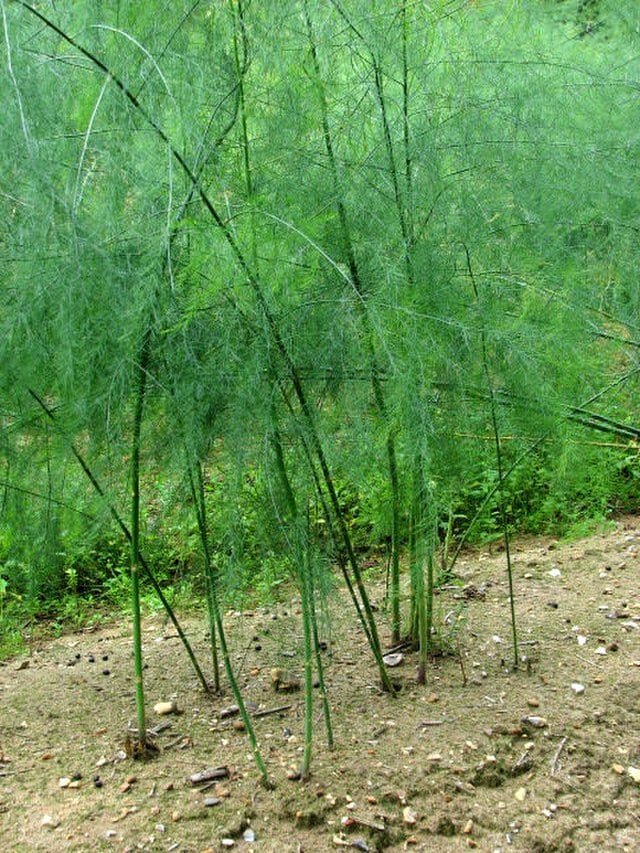
Asparagus is typically grown from crowns, which are sections of the plant’s root system. Plant asparagus crowns in early spring or late fall when the soil is workable. Dig a trench that is about 12 inches wide and 6-8 inches deep. Space the crowns about 12-18 inches apart in the trench, ensuring the buds face upward. Backfill the trench with soil, leaving a couple of inches of soil covering the crowns. As the spears emerge, gradually fill in the trench with soil until it’s level with the ground.
Watering and Care
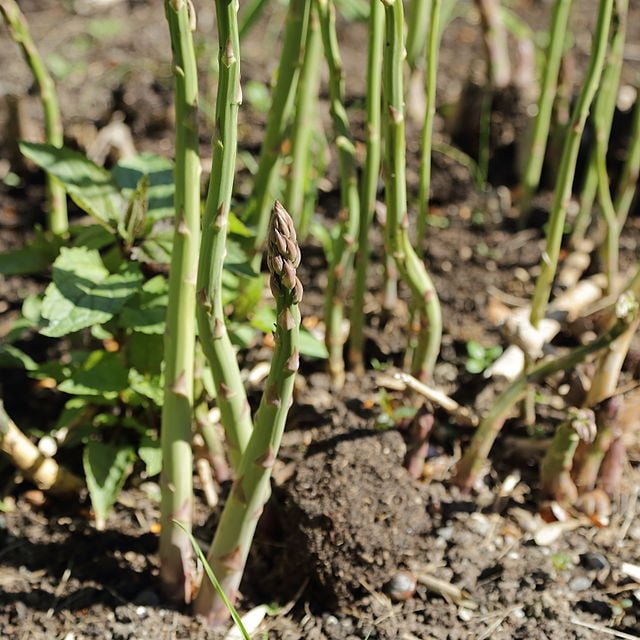
Asparagus requires regular watering, especially during dry spells or in its early establishment stage. Water the plants deeply to ensure the soil is evenly moist but not waterlogged. Aim for about 1 inch of water per week, adjusting based on weather conditions. Once established, asparagus is relatively drought-tolerant. Mulch around the plants with straw or wood chips to help retain moisture, suppress weeds, and regulate soil temperature.
Weed Control and Maintenance
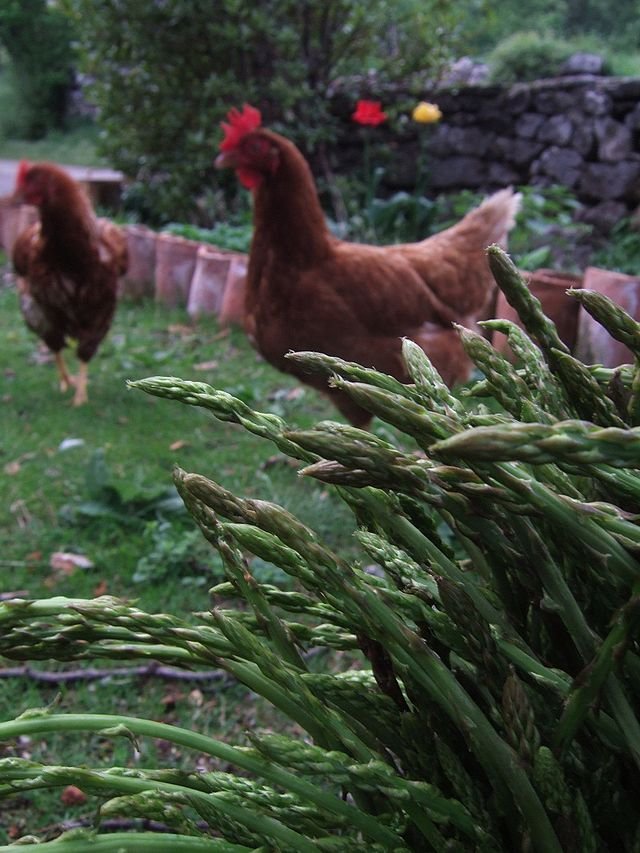
Weed control is essential for asparagus plants, as they don’t compete well with invasive weeds. Keep the planting area weed-free by regularly removing any weeds or grass that may interfere with the growth of the asparagus. Avoid deep cultivation that can damage the shallow asparagus roots. Apply a layer of mulch to help suppress weed growth and conserve moisture.
Harvesting and Enjoying
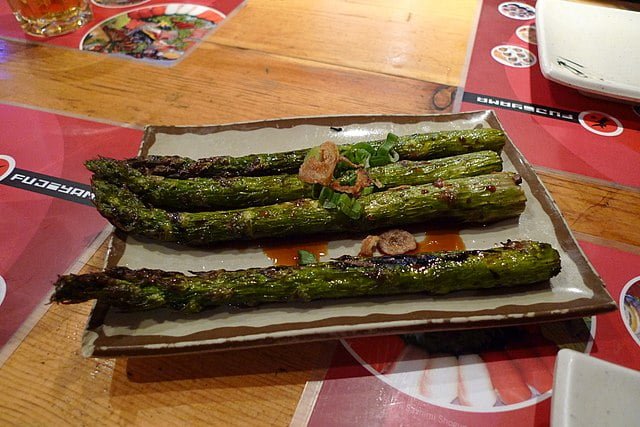
Harvesting Asparagus: Tips and Techniques
Harvesting asparagus at the right time is crucial to enjoy its optimal flavour and texture, as well as to ensure the health of your plants for future seasons. Here’s how to do it right:
When to Harvest:
- Begin harvesting asparagus in the third year after planting crowns, when the plants are well-established.
- The harvest season typically runs from late April to June, depending on your local climate.
- Harvest when spears are about 6-8 inches tall and just before the tips start to open.
How to Harvest:
- Use a sharp knife or asparagus cutter to slice the spears at or just below the soil surface. This technique helps protect the crown and remaining buds.
- Alternatively, you can snap spears off with your fingers at a natural breaking point near the base, which minimizes damage to the plant.
Harvesting Tips:
- Harvest spears every other day during the peak season to keep up with rapid growth.
- Leave smaller spears to develop into ferns, which replenish nutrients for the next year’s crop.
- After the harvest period, allow the spears to grow into tall ferns with red berries (on female plants). These ferns are crucial for photosynthesis and help the plant store energy for the next growing season.
Post-Harvest Care:
- Once the harvesting season is over, mulch the asparagus bed with organic material such as straw or compost. This will help control weeds and maintain soil moisture.
- Apply a balanced fertilizer to provide nutrients for the growing ferns, which will help strengthen the roots.
Winter Care

In colder climates, asparagus plants require protection during winter. After the foliage has turned yellow or brown, cut it back to ground level. Apply a layer of organic mulch, such as straw or leaves, around the plants to insulate the crowns and protect them from freezing temperatures.
FAQ for Asparagus Gardening
Additional Resources
For those interested in delving deeper into asparagus cultivation, here are some helpful resources:
- Books:
- “Asparagus: Its Culture for Home Use and for Market” by F. M. Hexamer
- “The Essential Guide to Growing Asparagus” by Sarah Ford
- Online Guides:
- Local Extension Services:
- Check with your local Cooperative Extension office for personalized advice and workshops on asparagus cultivation.
- Forums and Community Groups:
- Join online forums such as GardenWeb or the Gardening section of Reddit for community advice and tips from fellow asparagus enthusiasts.
Growing asparagus is a rewarding long-term investment that offers a perennial harvest of nutritious and flavourful spears. By following these simple steps and providing the right growing conditions, you’ll be able to cultivate a productive asparagus bed that will provide you with years of delicious bounty.




